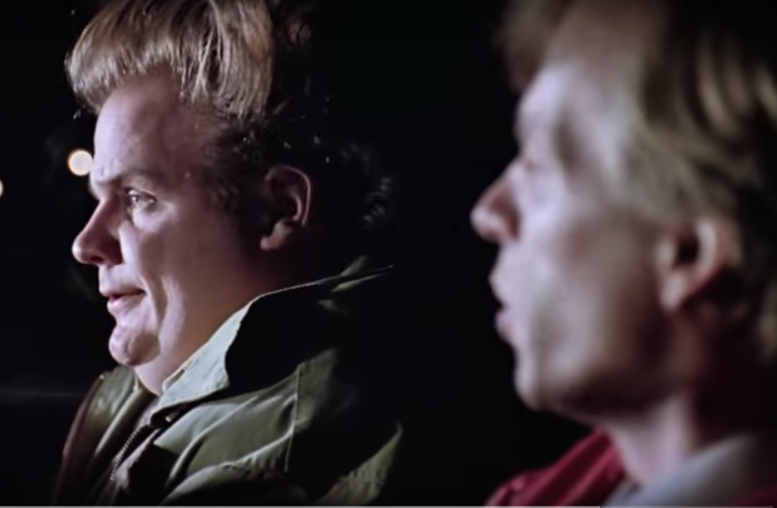
I attended the Midwest Energy Efficiency Alliance (MEEA) annual meeting for its members last week. As I was chatting with industry colleagues, I learned that a spouse of one fine man experienced a horrible foot injury while running to catch a train. She rolled her ankle and broke four metatarsals. After many weeks with screws and plates installed, she will soon be able to put a little weight on the foot, in a boot. So, I thought based on my experiences, this is a great opportunity to talk about safety, something that is near and dear to utilities. And we can save some energy at the same time.
Keep Moving
Before launching into this section, I should point out that I run a few thousand miles a year. So, maybe no one reading this crosses more streets or has more foot strikes on roads than I do. I am a major pedestrian.
Pedestrians: stay on the curb until traffic stops for a light or stop sign, or the slug clears for a cross walk with no traffic stop signs or lights. Believe me, just because you have the “right of way” does not mean it’s safe or right to disrupt traffic flow.
Driver Hazard
Drivers don’t expect the flow of traffic to abruptly stop in the absence of a stop sign or a red light. The risk to drivers includes hurtling into the back seat of a stopped car in the middle of a block. Additionally, backed up drivers who don’t know what the heck is going on will suddenly merge into the moving lane to get going again. Accident risk increases at least 100 fold.
Pedestrian Hazard
When a car stops with no stop sign or traffic light, if the pedestrian is like me, he or she feels obligated to hurry up and cross the street. There is a second lane of traffic with drivers that have no idea why the other lane stopped. This is a disaster waiting to happen. The pedestrian can easily get hit, badly injured, or killed.
Strenuous Recommendation
Stay on the curb and wait your turn. Avoid vehicle to vehicle crashes, and worse, vehicle to pedestrian crashes. Smaller benefits include a huge net savings of time and saved fuel. Think about being smart rather than nice, and stupid.
Make no Haste
Slow down. Do not try to beat or catch anything. See the broken foot example above.
Recently, I succumbed to a scenario like the one described above. Several miles into a run, I was trying to beat a stoplight on foot. The vehicle in the first lane waited for me. The one in the second lane probably did not, but he was 50 meters upstream and it wasn’t a very close call. However, if my luck were bad, last week’s post may have been my last.
Over a span of 30 years-ish, two deer have collided with me as I was driving. In both cases, the deer was trying to beat me across the road. Of course, I would have let them, but when they pop out of the ditch and blaze across the road at 30 mph, I’m pretty much at the mercy of luck.
Don’t be a deer.
Beware of Fatigue
There are at least a couple types of fatigue: sleepiness and muscle fatigue. Either can be very dangerous. Falling asleep at the wheel is not cool. If I get sleepy, I pull over and fall asleep for an instant, and somehow that magically does the trick.
The worst combination that I have survived is fatigue and being in a hurry. I suppose the running and stoplight example falls under that category, but it also applies to power tools and machinery. Scenario: it’s 4:30 PM on a cloudy December day. It’s getting dark. I just have a few more chunks to lop off with the chainsaw. The chain is getting dull. I’m tired. If I push harder, it will cut faster. This is a bad combination, and I’ve had a few near misses doing stupid stuff in this sort of situation.
Let it all in
If you run or bike with earbuds and loud music, you are missing critical feedback that can save your life. Take all the stimuli you can get. The difference between living and dying can be a tiny fraction of a second.
I am convinced this is why some people should not talk on the phone, whether hands-free or not, while driving. They focus totally on the conversation and block out the driving. What is the difference between talking on the phone and talking with somebody else riding in the car? Zip.
Furthermore, studies have shown that the more people take in at a given time, and the less they can block out screaming children, the in-laws, loud people on their cell phones, the radio, or television, etc., the more creative they are. Young professionals have more cognitive control than older people and children. Guess which groups are more creative. There are a billion ways from A to B via the creative mind.





